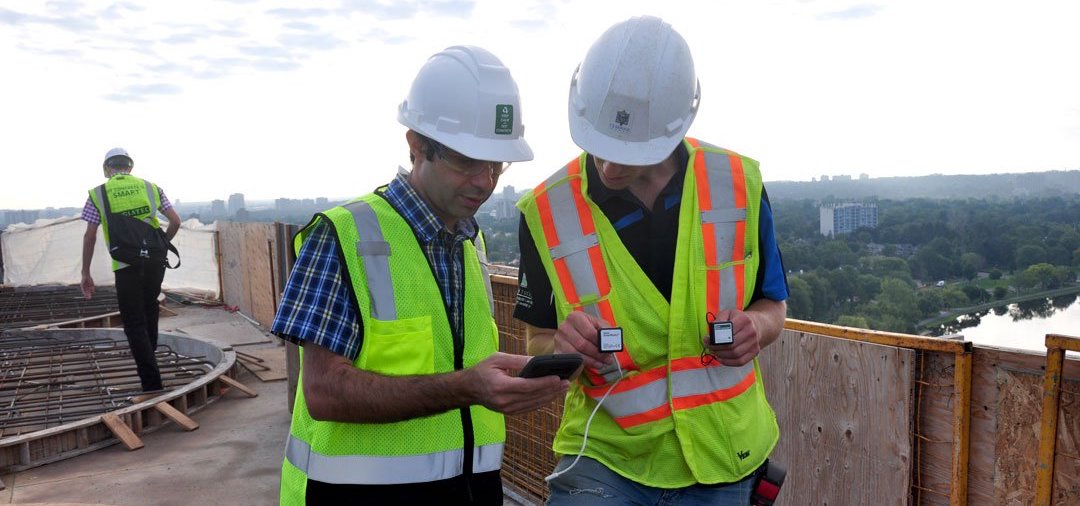Working at heights is a hazardous risk, but it is necessary for construction. Here at Wryker, we are committed to providing information on the safety measures you can take to protect yourself and your fellow workers. Today we will discuss safety monitors, a commonly used method of fall protection for low slope roofs. Safety monitors are a sound way to ensure superior safety when working at heights. Read on to learn more about safety monitors: their roles, qualifying job sites, and practical advice for successful implementation.
What is a safety monitor?
Simply put, a safety monitor is a person who observes work being done near the edge of a roof to keep workers from falling off. More specifically, they must be a trained, competent person who is knowledgeable of fall protection systems. They must be able to recognize and anticipate potential hazards. Finally, they must have the authority to correct hazards and ensure the safety of every worker.
How do safety monitors keep your team safe?
Safety monitors watch hazardous work being done in a control zone near leading edges and verbally correct problems when they arise.
Safety monitors can oversee up to eight workers at one time. While working, the safety monitor needs to be located on the same working level as those they monitor. They must also be close enough to articulate corrections verbally.
Safety monitors are not only responsible for ensuring that workers stay away from the edge. They are also responsible for looking for hazards, such as left out tools and materials, rot, roof openings, and improper use of mechanical equipment.
Safety monitors follow a standard procedure: when they spot a hazard, they stop the work, instruct the workers to stand behind the warning line, and correct the hazards before returning to work.
A safety monitor must be focused on the workers’ safety: they can’t have other duties that might interfere with their safety monitoring. That is not to say they can’t have any additional duties. Those duties must not interfere with monitoring and ensuring safety. However, in California and Washington, a safety monitor may not have any other responsibilities, regardless of whether they interfere with their ability to monitor.
What types of jobs are safety monitors used for?
Safety monitor systems are only for use on low pitch roofs. A roof qualifies as low pitch if the slope is equal to or less than 4 in 12. If the slope is steeper than this, it is unsafe for a safety monitor to stand and watch without other fall protection in place, such as a fall arrest system.
On roofs that are 50’ across or larger, safety monitors must be implemented in conjunction with a warning line system. Choose a delineator base heavy enough to withstand wind, as toppling delineators can be extremely dangerous. Wryker’s safety team recommends using 30 lb bases for peak performance.
Safety monitors cannot be utilized in unsafe weather conditions, such as ice, high winds, etc.
Must and Must Nots
- A safety monitor must wear a high visibility vest, so workers can easily spot them.
- Mechanical equipment must not be in the area of a safety monitor.
- A safety monitor must stay more than 6 feet away from the edge of the roof in the safe zone.
- The safety monitoring area must only be occupied by the safety monitor and the workers they are observing.
- Workers must comply quickly with all of the safety monitor’s instructions and warnings.
Thank you for taking the time to review the duties of a safety monitor. We hope this has information has been helpful! Feel free to bookmark this page and refer back to it during your next roofing gig. Do you have any stories about being a safety monitor or working with a safety monitor? What worked? What didn’t? Please share your tips below and spread the word!
Wishing you a happy and safe working environment,
Wryker’s Safety Team

